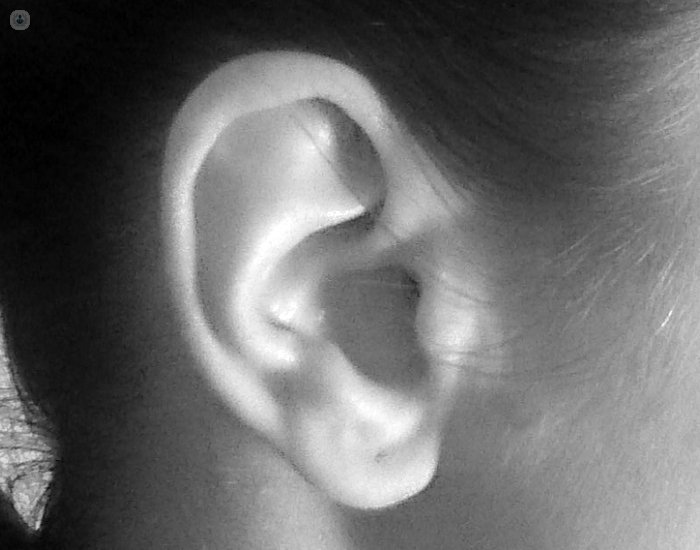Diagnosis and treatment of tinnitus
Written by:
Diagnosis and treatment of tinnitus
Tinnitus is a symptom that can be caused by different diseases related or not to the ear. It may also be the result of treatment. His appearance is done at any age and regardless of sex. In its diagnosis, the first thing to do is to consult medical history, which will inform us about the time of onset, intensity, his relationship with triggers maneuvers and the presence of associated symptoms such as feeling full ear, hearing loss and hyperacusis.
Diagnosis of tinnitus
 Once consulted clinical history, we must ask the patient about the manifestation of medical history unrelated to the ear as changes in blood pressure, sugar, thyroid, recent changes in medication and any accidents or trauma or cervical spine. Also whether there is a family history in ear diseases.
Once consulted clinical history, we must ask the patient about the manifestation of medical history unrelated to the ear as changes in blood pressure, sugar, thyroid, recent changes in medication and any accidents or trauma or cervical spine. Also whether there is a family history in ear diseases.
Subsequently, otoscopy, ie inspection of the external and middle ear made by observing the parts that are: the pinna, the canal and eardrum. When the cause of tinnitus is in the ear canal, as in the case of earwax, or in the middle ear, acute otitis media with or postotíticas sequelae, we can identify and lead the rest of the explorations. If the conflict is not in the ear or is in the inner ear, otoscopy is normal.
Moreover, audiometry is an important test because many of the diseases of the ear can cause tinnitus and hearing alter. The test involves placing the patient headphones and by emitting beeps it must communicate the noise listening to the browser by pressing a button or raising his hand. The drawback of this method is that it is a subjective test (the patient must hear, identify and notify the specialist stimulus) and there confuse their beeps patients with encouragement.
Another important step is the assessment that causes the impact of tinnitus on the quality of life of patients and stress it generates. For this there are no direct studies, so that specialists in Otolaryngology apply standardized and validated questionnaires that guide us on how it affects the patient 's tinnitus and how you focus it.
Significantly, it is important to specifically explore the temporomandibular joint, because their condition is often associated with the presence of tinnitus.
Blood tests and radiological tests, mainly skull and spine, are a complement to the above, to rule out systemic disease that may be the cause.
How is tinnitus treated?
The first step is to detect the cause of the disorder, because treatment will improve the picture presented by the patient, for example if a plug, remove it; if hyper or hypotension, sugar or thyroid problems. In all cases, we must review the medication taken by the patient regularly to detect if any could cause or worsen tinnitus.
The patient should be clear that establish the cause of tinnitus and can delete it and thereby suppress tinnitus, is the exception. Typically, clearly we can not find a cause, but to guide treatment, but not the elimination of tinnitus, but the decrease in the impact it has on the quality of life of patients.
In recent years there have been many trials with pharmacological treatments, from vasodilators to metabolic protectors, vitamins and many others. Each has its function in specific cases, but there is no wildcard drug that can be applied in all cases.
Currently, treatment is multidisciplinary, ie, professionals from different areas such as otolaryngologist, audiologist and even psychiatrists are involved. Treatments are long lasting and specific for each patient, but which result in an improvement in over 80% of cases, which does not necessarily mean that tinnitus disappears, but becomes tolerable for the patient.
Edited by Roser Berner Ubasos.


